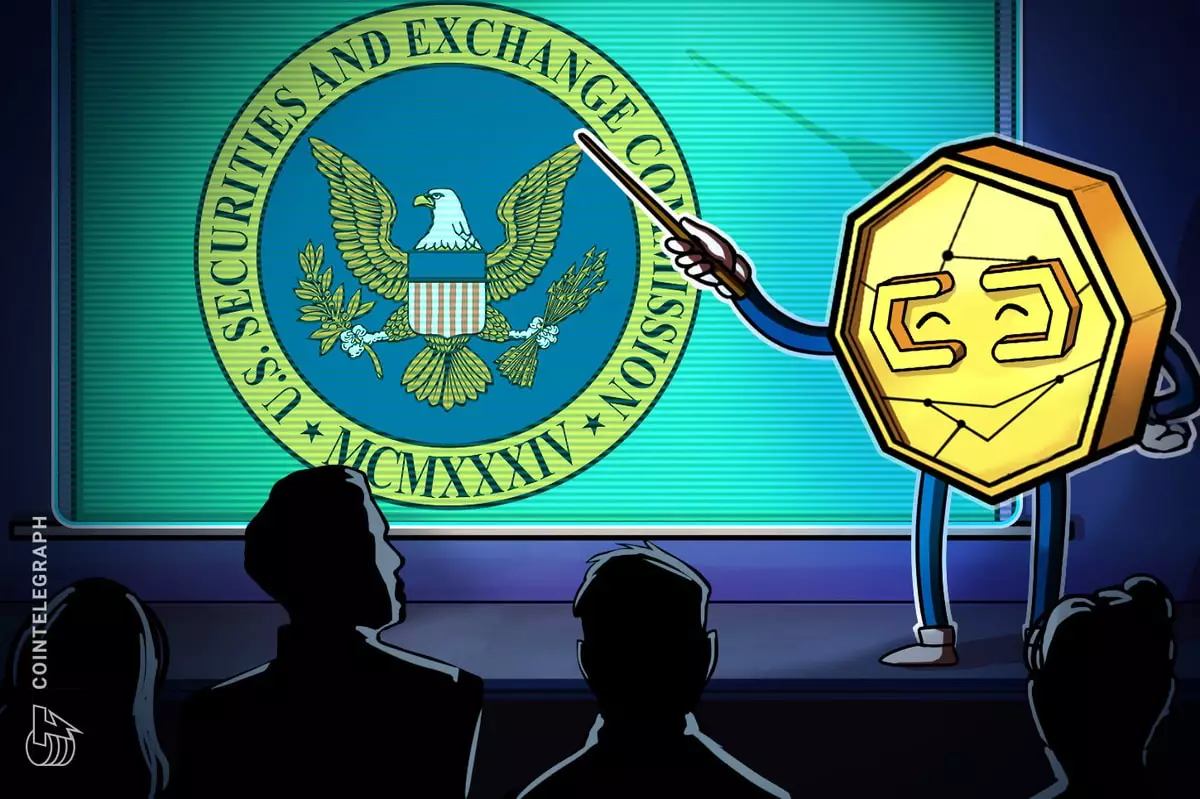Ripple, the popular blockchain platform, recently achieved a significant legal victory in its ongoing battle with the United States Securities and Exchange Commission (SEC). The SEC announced its intention to dismiss all claims against Ripple CEO Brad Garlinghouse and executive chair Chris Larsen on October 19, 2021. This development marked a major win for Ripple in the civil case filed by the SEC in late 2020.
However, the celebration surrounding Ripple’s legal victory was overshadowed by the news of LBRY, a prominent blockchain file-sharing and payment network, shutting down its operations. The LBRY team cited debts amounting to “several million dollars” owed to the SEC, its legal team, and a private debtor as the reason for its closure. This unfortunate event triggered strong reactions from the cryptocurrency community, highlighting the impact of the SEC’s actions.
LBRY, known for its creation of Odysee, an open-source video-sharing website, aimed to provide a decentralized alternative to major platforms like YouTube. The SEC filed a lawsuit against LBRY in March 2021, accusing the company of securities law violations similar to those brought against Ripple. Despite the SEC reducing the initial $22 million penalty to approximately $111,000, LBRY ultimately decided not to pursue its appeal.
Many within the crypto community voiced their concerns about LBRY’s closure, emphasizing the regulatory damage inflicted upon the industry. Ashley Prosper, a prominent XRP influencer, expressed hope that LBRY’s app and native token would rise again, citing the rampant censorship on platforms like Twitter and YouTube. The loss of LBRY, once a successful startup with significant user adoption, was viewed as a cautionary tale of regulatory pressure leading to the demise of promising projects.
Social media discussions highlighted a significant discrepancy between Ripple and LBRY in terms of their respective market capitalizations. Ripple’s XRP, ranked as the fifth-largest cryptocurrency, boasts a market cap of $27 billion. In contrast, LBRY credits have a modest market cap of approximately $5.5 million at the time of writing.
This disparity ignited a debate about the influence of financial resources in legal battles against regulatory authorities. Some argued that Ripple’s success in fighting the SEC was partially due to its substantial resources, which LBRY lacked. Commenters highlighted the unfair advantage that wealthy establishments possess in leveraging the court system until they face powerful opponents. This realization emphasized the need for a level playing field and proper protection for smaller companies within the crypto industry.
John Deaton, a renowned lawyer specializing in advocating for XRP, pointed out the consequences of the SEC’s perceived industry overreach through the LBRY case. Deaton criticized the SEC for targeting a small American company without proving any fraudulent activities, while major failures like FTX went unchecked. He argued that the SEC’s handling of the LBRY case showcased the agency’s incompetence and failure to fulfill its regulatory responsibilities.
While Ripple’s legal win against the SEC is undoubtedly significant, it does not mark the end of their litigation. Industry observers anticipate further legal proceedings in the penalty phase regarding Ripple’s institutional sales of over $700 million. According to reports citing lawyers closely following the XRP case, Ripple should prepare for a challenging fight, as the SEC aims to secure a substantial penalty for bragging rights. The SEC and Ripple are expected to engage in further litigation and propose a schedule until November 9, 2023.
Ripple’s recent legal victory against the SEC has had reverberations throughout the cryptocurrency community. The news of LBRY’s closure served as a stark reminder of the regulatory challenges faced by innovative blockchain projects. The discrepancies in capitalization between Ripple and LBRY highlight the unequal playing field when confronting regulatory authorities. This episode emphasizes the need for fair treatment and enhanced industry regulation to nurture a thriving and inclusive crypto ecosystem.

